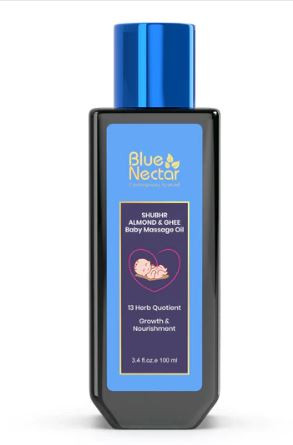Baby oil is a staple in many households, primarily known for its use in caring for infants' delicate skin. However, beyond its common application in baby care, there is a fascinating science behind the formulation of baby oil. In this article, we'll delve into the ingredients and formulation of baby oil to understand how it works and its potential benefits.
The Main Ingredient: Mineral Oil
The primary ingredient in most baby oils is mineral oil. Mineral oil is a clear, odorless, and lightweight liquid derived from petroleum. It has several unique properties that make it ideal for use in baby oil:
-
Skin Barrier: Mineral oil forms a protective barrier on the skin's surface, helping to prevent moisture loss. This is especially important for babies, as their skin is more susceptible to dryness and irritation.
-
Hypoallergenic: Mineral oil is generally hypoallergenic, making it less likely to cause allergic reactions or skin sensitivities in babies.
-
Inert and Stable: It is inert, meaning it doesn't react with other ingredients, and it remains stable over time, ensuring the product's longevity.
Emollients and Fragrance
While mineral oil forms the base of baby oil, manufacturers often add emollients and fragrances to enhance its properties and scent. Emollients are substances that help to soften and smooth the skin. These may include ingredients like:
-
Shea Butter: Known for its moisturizing properties, shea butter can help further hydrate and nourish the skin.
-
Vitamin E: Often added for its antioxidant benefits, vitamin E can protect the skin from environmental damage.
Fragrances are added to give baby oil a pleasant smell. These are usually carefully selected to ensure they are mild and suitable for sensitive skin, as babies have delicate olfactory systems.
Formulation Considerations
The formulation of baby oil is a precise process that involves blending these ingredients to create a product that is safe, effective, and gentle on a baby's skin. Here are some key considerations in the formulation:
-
Purity: Baby oil must meet strict purity standards, with high-quality mineral oil and carefully selected emollients and fragrances.
-
Absorption: The oil should be easily absorbed into the skin without leaving a greasy residue, ensuring comfort for the baby.
-
pH Balance: The pH level of baby oil is adjusted to be compatible with a baby's skin, which is slightly acidic. This helps maintain the skin's natural barrier.
Benefits of Using Baby Oil
Understanding the science behind baby oil's formulation can help us appreciate its benefits better:
-
Hydration: Baby oil effectively locks in moisture, keeping the skin hydrated and preventing dryness or irritation.
-
Massage: It is commonly used for baby massages, which can promote relaxation and improve the bond between caregiver and child.
-
Cradle Cap: Baby oil can be used to gently massage and remove cradle cap, a common scalp condition in infants.
-
Makeup Removal: Adults can use baby oil to remove makeup effectively and moisturize the skin.
Conclusion
Baby oil may seem like a simple product, but its formulation is the result of careful consideration of ingredients and their interaction with the skin. By understanding the science behind baby oil, you can make informed choices about its use for your baby's care and even explore its potential benefits for your own skincare routine. Always remember to choose high-quality products and perform a patch test if you or your baby have sensitive skin.

Comments
Post a Comment